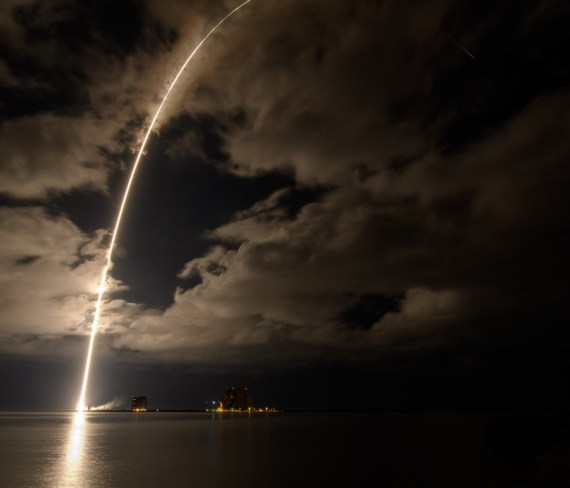The U.S. National Aeronautics and Space Administration (NASA) launched its Lucy spacecraft on Saturday on a 12-year journey to explore Jupiter’s Trojan asteroids, seeking to unlock mysteries of the solar system.
Lucy was launched at 5:34 a.m. Eastern Time (0934 GMT) on a United Launch Alliance (ULA) Atlas V 401 rocket from Space Launch Complex-41 at Cape Canaveral Space Force Station in Florida.

About an hour after launch, Lucy separated from the second stage of the ULA Atlas V 401 rocket. Its two massive solar arrays, each nearly 24 feet (7.3 meters) wide, successfully unfurled about 30 minutes later and began charging the spacecraft’s batteries to power its subsystems, according to NASA.
Lucy sent its first signal to Earth from its own antenna to NASA’s Deep Space Network at 6:40 a.m. Eastern Time. The spacecraft is now traveling at roughly 67,000 miles per hour (108,000 kilometers per hour) on a trajectory that will orbit the Sun and bring it back toward Earth in October 2022 for a gravity assist.
Over the next 12 years, Lucy will fly by one main-belt asteroid and seven Trojan asteroids, making it the agency’s first single spacecraft mission in history to explore so many different asteroids. Lucy will investigate these “fossils” of planetary formation up close during its journey.
Lucy is also NASA’s longest mission lasting for 12 years.
“Lucy embodies NASA’s enduring quest to push out into the cosmos for the sake of exploration and science, to better understand the universe and our place within it,” said NASA Administrator Bill Nelson.
Trojans are small bodies that are remnants of early solar systems. They orbit the Sun in two loose groups, with one group leading ahead of Jupiter in its orbit, and the other trailing behind.




